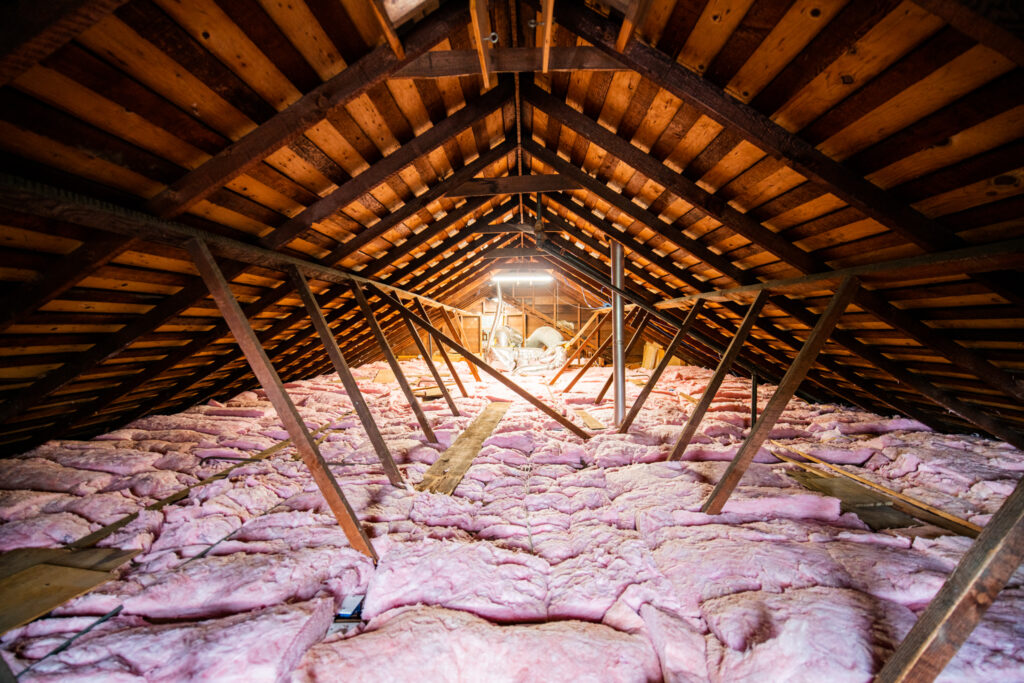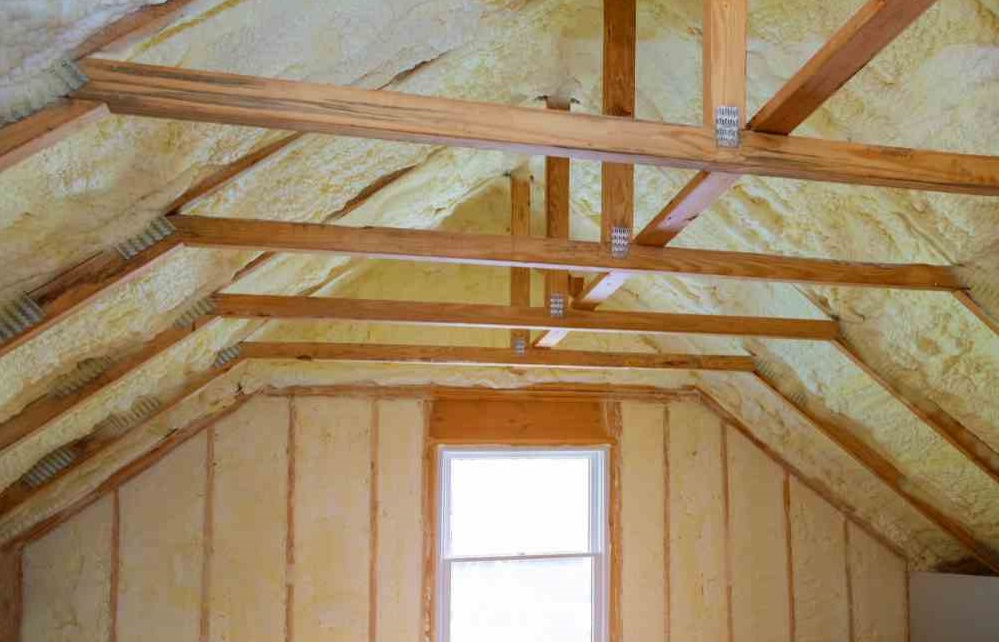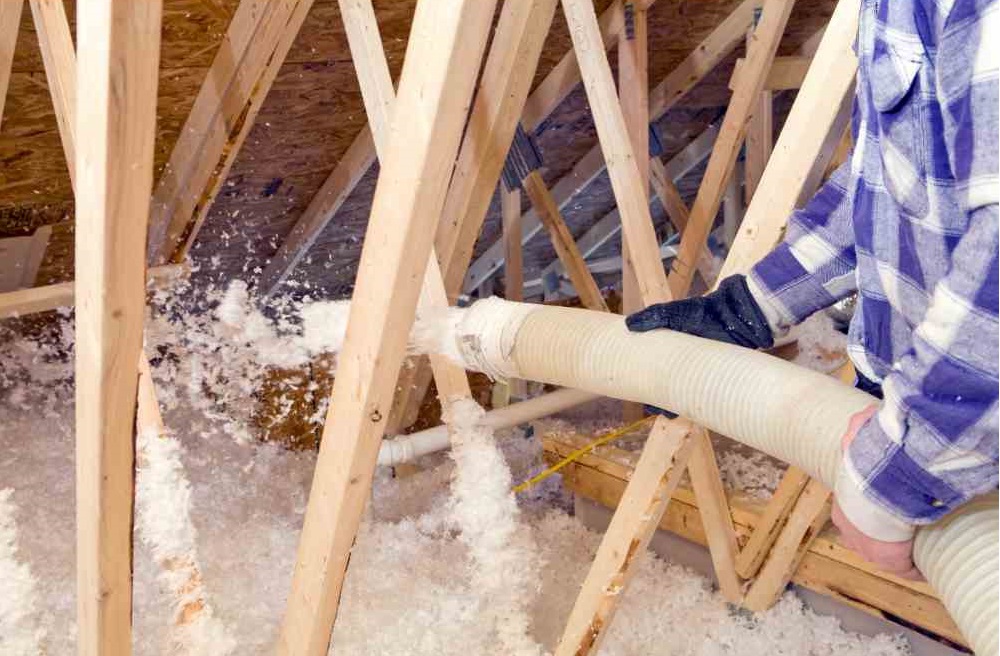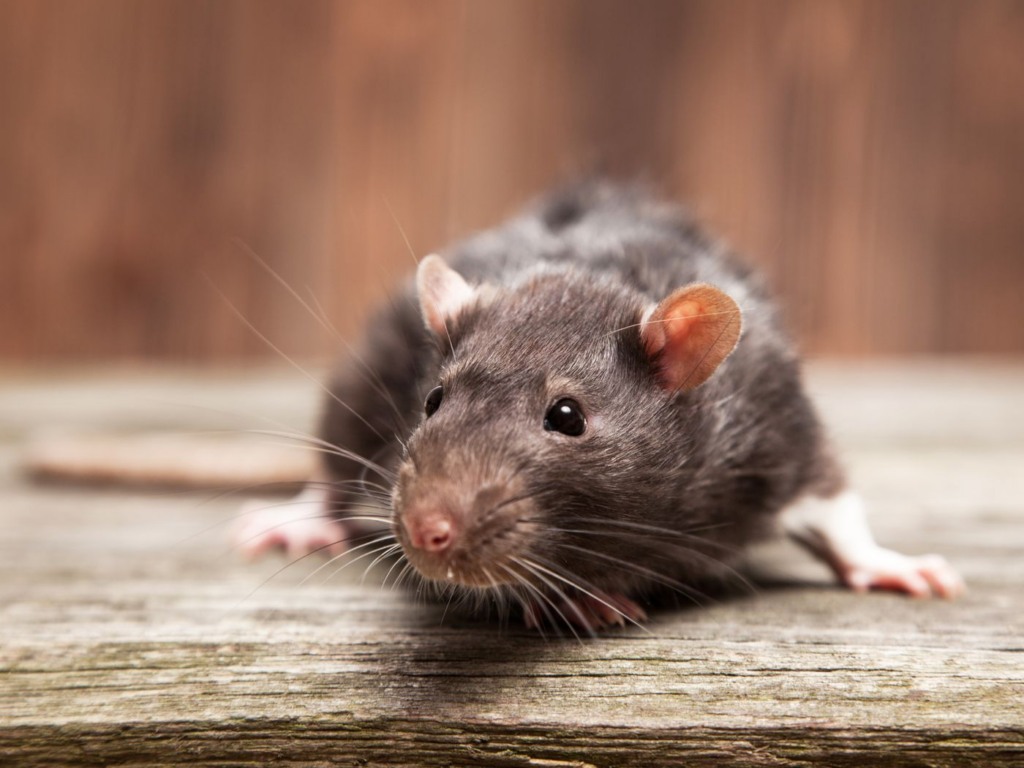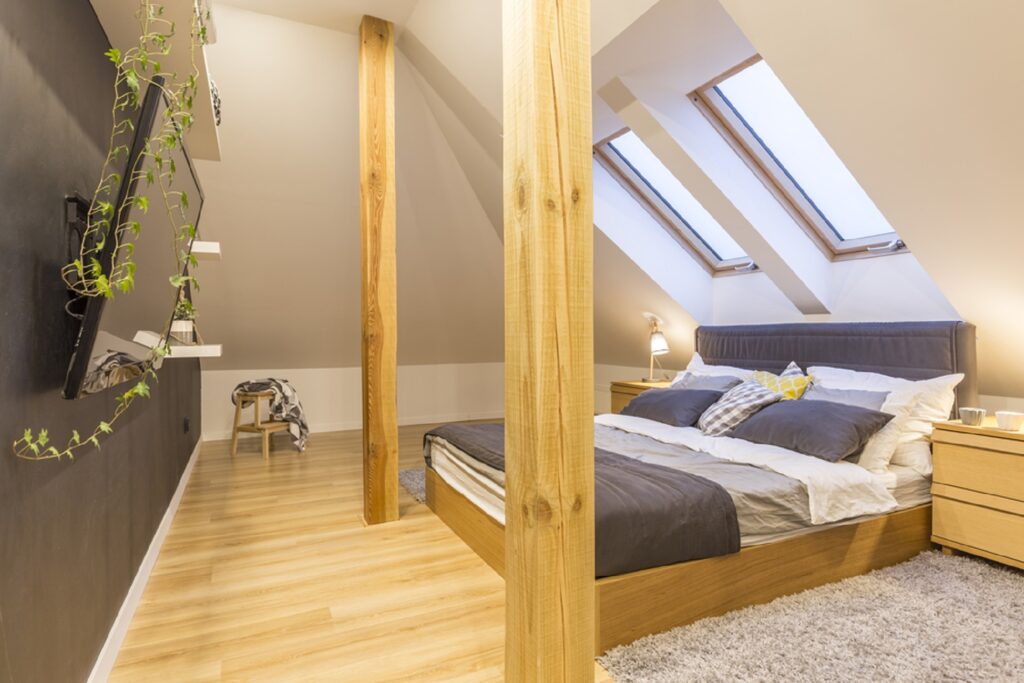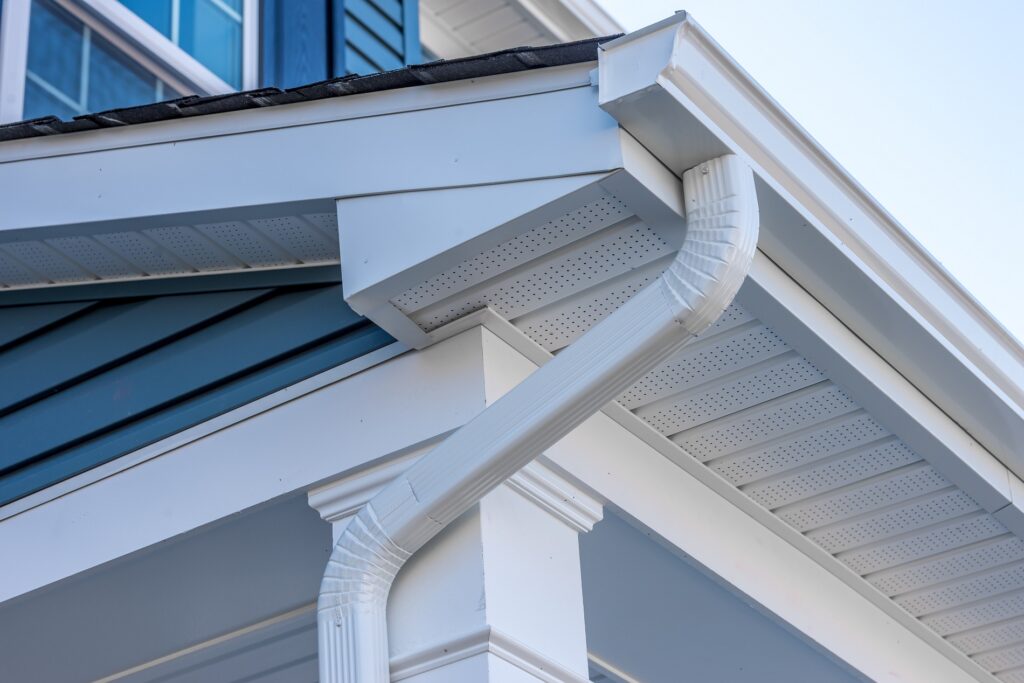Beyond Comfort: The Surprising Benefits of Upgrading Your Attic Insulation
When it comes to creating a comfortable and energy-efficient home, homeowners often focus on visible upgrades, such as modern appliances or energy-efficient windows. The hidden […]
Beyond Comfort: The Surprising Benefits of Upgrading Your Attic Insulation Read More »


